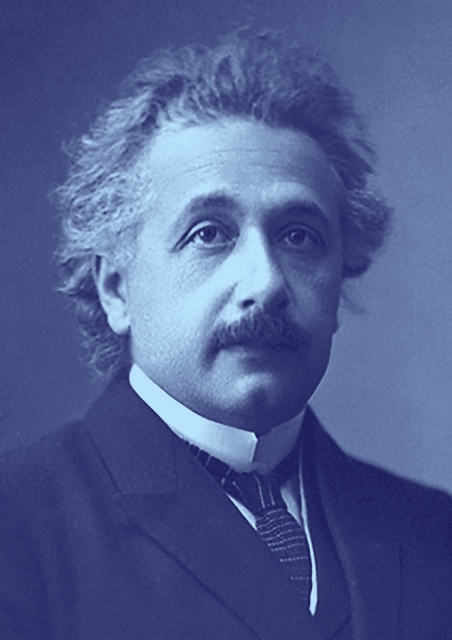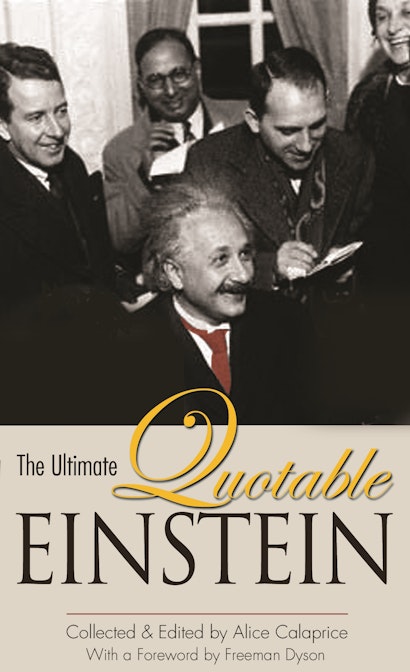The pace and atmosphere of an academic research project does not always match that of contemporary day-to-day life. Steeped decades back in time, the Einstein Papers Project’s current research for our next two volumes covers June 1927 through June 1931. Even absorbed in parsing the past, with Albert Einstein as the keystone of our project’s existence, we are keenly aware of his present-day popularity. We use two simple tools to monitor folks’ interest in Einstein and, by extension, in the work we do. One is our visitor log; it documents how admired a figure Einstein is, across cultures and continents. Two is the general inbox, the catchall email address most businesses have, where queries and comments land requiring attention, filtering, and forwarding.
Organizing is the stuff of work life. In the driest terms, the Einstein Papers Project’s job is to gather, sort and repackage the data comprising the record of Einstein’s life and work. The information that is within our reach, we process, organize and, in turn, put within reach of all who are interested. The work of the project, The Collected Papers of Albert Einstein, is an ambitious undertaking that will continue beyond most of its current staff’s retirement. More importantly, the depth and thoroughness of research in our books should be of use and interest well beyond the scope of any future editors’ retirement. While we keep at our tasks, the general public occasionally drops by and the general inbox continues to ping.
In the grand scheme of a large-scale, history of science project focused on a titan of 20th century science, the individual questions landing in the inbox and even their answers might seem insignificant. The fact of the matter is that the questions are still important. Not everyone needs to learn how to use an archival finding aid. When questions pertain to future volumes, one cannot ask the person enquiring to wait for the books’ publication. Contemporary life moves onward and some questions do not need to wait. The bulk of the general inbox queries we receive relate, broadly, to fact checking. Even the more off-the-wall commentary and corrections we receive fall within the bounds of desire for clarification and setting a record straight.
Fortunately, our database is rich with over 90,000 records to draw upon, and better still, our editors’ expertise and depth of knowledge is a ready resource in-house. The beauty of working at an established research project with scholars, who have devoted, in several cases, over three decades of their careers to studying Einstein, means one knows the right people to ask when needed. A typical type of query we receive is an “I saw on the web” type of question—“Did Einstein really say…”? For these requests, long-time colleague Alice Calaprice’s The Ultimate Quotable Einstein is superbly handy, sometimes in combination with an internet stalwart like Snopes.
Another type of request touches on personal research. Einstein felt compelled to reply to all those who reached out to him, whether known to him or not. As such, we are not surprised to hear from members of the public that they have found a letter, by Einstein, amongst a loved one’s papers. While some seek authentication references, most simply want to know if their relative’s letter is in our records. Oftentimes the answer is yes and it is always a special pleasure to provide individuals with material that provides insight into their family history.
Finally, different from an individual making familial connections to Einstein are the diverse media outlets that contact us. From quiz shows such as JEOPARDY! Who Wants to Be a Millionaire and ¡Boom!, to news organizations like NPR and the BBC, and magazines and websites like GQ and Buzzfeed—they turn to us for fact checking. The one request we have not fielded for a long time now is the request from afar for free editions of our books, sent because a library was not close and/or money was scarce. These queries ceased after PUP launched the Digital Einstein Papers – where our volumes are available in their entirety, free on the web.
As The Collected Papers of Albert Einstein is the authoritative edition of Einstein’s correspondence and writings, when a new volume comes out in print or online, we are happy that our project resurfaces, if even just as a blip, on the screen of media consciousness. Catching up on Einstein in his lifetime, through the historical puzzles and questions raised in our research we also find ourselves trying to catch up with him in the here and now. Unsurprisingly, Albert Einstein has over 143,000 Twitter followers, while our project has only just opened a Twitter account. We know that the star of the show is always Einstein. There is no means, nor need, to compete with his ubiquitous, irreverent, wild-haired meme. We will stick with our less glamourous but satisfying work—collecting, transcribing, translating, researching, annotating, writing, editing, building and proofing the books.
Emily de Araújo is an Assistant Editor at the Einstein Papers Project.

